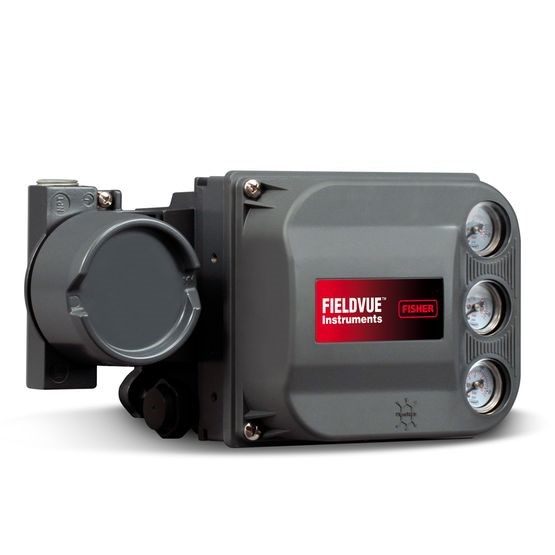You may recall Emerson’s Riyaz Ali from many digital valve controller-related posts here on the blog. He recently received an email:
I saw an article you are cited in about DVC6000’s using a continuous bleed.
Does the DVC6200 have a similar feature?
I wanted to share Riyaz’s response in case you have a similar question.
Generally, depending upon the design of internal components of smart devices and their response to control change from the controller input signal, pneumatic parts like I/P (current-to-pressure transducer) and pneumatic relays are tailored to optimize control performance.
There are a few types of pneumatic relay designs, each with features as listed below.
Mechanical Balance Beam Design.
Emerson’s Fisher FIELDVUE DVC6200 uses a mechanical balance beam design, which provides a crisp response, keeping beam aggressive (just like seesaw balance) all the time to be responsive to even the slightest control signal change of 0.02mA from the distributed control system (DCS) controller.
To keep the pneumatic relay active continuously so that it acts against a stagnant position before the controller signal changes, meeting precise control performance, small air is continuously bleeding from the DVC6200. This air is used to keep minimal water column pressure inside the DVC housing and to keep all components intact from any outside corrosive plant air entering the housing. The small air bleed is constantly compensated by air supply pressure, resulting in zero impact on the output signal to the actuator. Also, a few applications, such as double-acting piston actuators, have pipe-away requirements to protect piston materials from corrosion.
This slight bleed certainly makes DVC6200 the highest-performing digital valve controller and protects the internal components of DVC. We also have a low-bleed relay option as well, which consumes 1/6th of standard relay construction in the DVC6200.
There are few different competitive solutions designs are also available such as:
- Spool relay design.
A cylindrical spool that slides inside a sealed case with multiple ports. The spool’s position determines whether the ports are open or blocked, allowing or preventing airflow. The spool and barrel must have a fine surface and close tolerances to ensure a good seal. This may make the design more susceptible to small dirt or water droplets in the media fluid, impacting performance. In the case of static conditions, the spool design will make output pressure equal to supply pressure, which will require longer to exhaust additional air volume upon the following control signal change.- Piezoelectric I/P technology.
A piezoelectric material responds to voltage by changing shape. This fast On-Off approach to control requires a built-in dead band, impacting control performance, specifically APC (Advance Process Control), where a response on change of even 1/8% of the control signal is desired. Though it provides the advantage of low air consumption, when at steady state, but performance is compromised due to in-built dead band.


